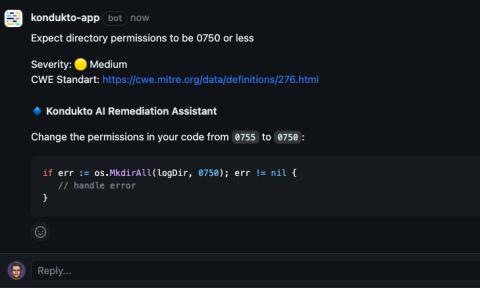Generative AI and the Automation of Social Engineering Increasingly Used By Threat Actors
Threat actors continue to use generative AI tools to craft convincing social engineering attacks, according to Glory Kaburu at Cryptopolitan. “In the past, poorly worded or grammatically incorrect emails were often telltale signs of phishing attempts,” Kaburu writes. “Cybersecurity awareness training emphasized identifying such anomalies to thwart potential threats. However, the emergence of ChatGPT has changed the game.










